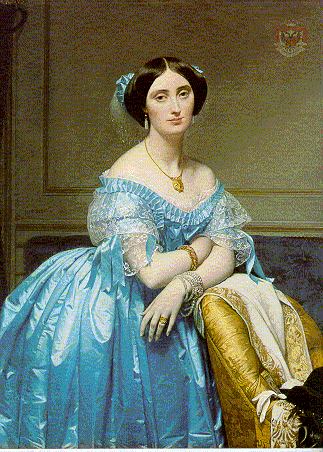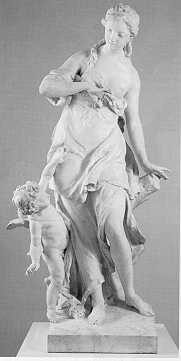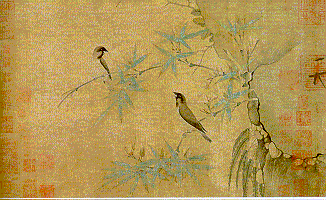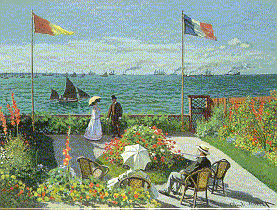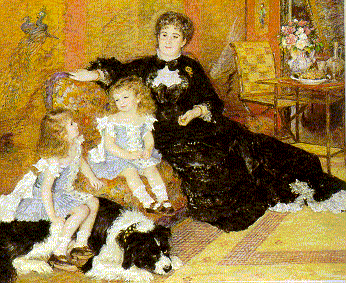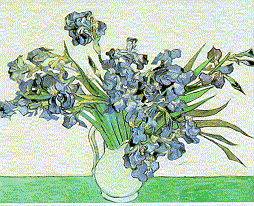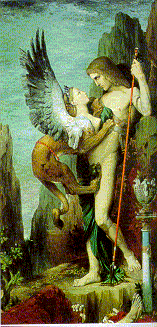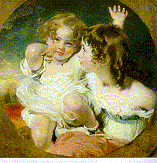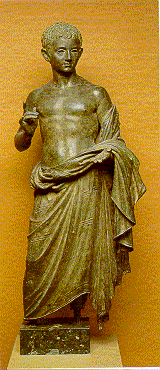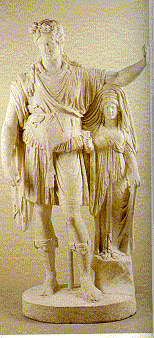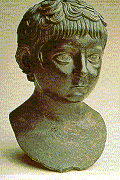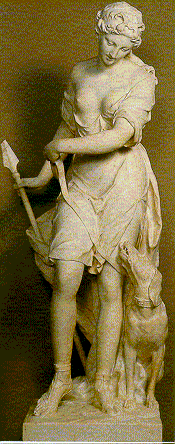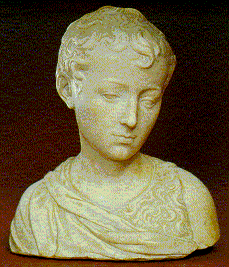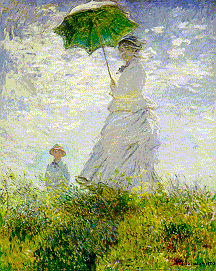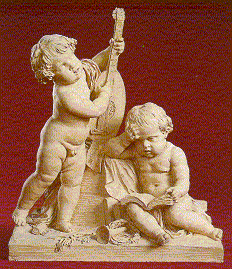
By Clodion (Claude Michel) (French)
Clodion specialized in small-scale terra-cotta figure groups, often with playfully erotic subjects loosely based on ancient myths concerning the wine god Bacchus and his devotees. Intended for enjoyment at close range in elegant domestic settings, these inventions were the fruits of years of study in Italy. Although signed and clearly meant to be preserved, this example was sculpted as a model for a large-scale work in marble.
The marble Poetry and Music was one of four groups symbolizing the arts and sciences, ordered by the Abbé Joseph-Marie Terray to decorate the dining room of his Parisian mansion, celebrating his appointment as Director of the Royal Buildings in 1774. In realizing these plump little figures, Codion made knowing use of terra cotta's effectiveness for representing flesh, with soft, pliant forms and even a pinkish color. Particularly engaging is the children's absorbed concentration. Peotry, with head on hand, devours a book, while Music strums his stringed instrument and sings with head thrown back.

